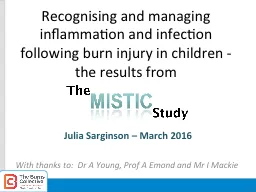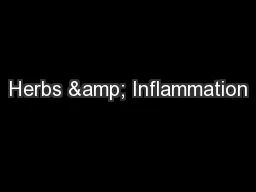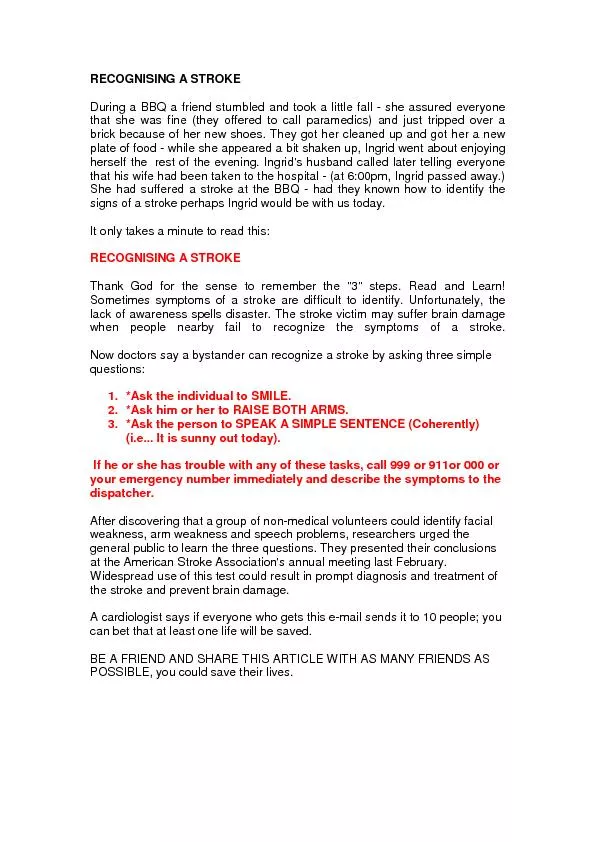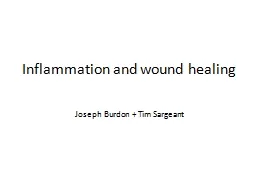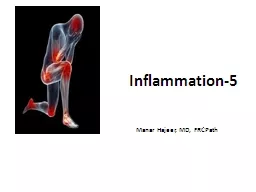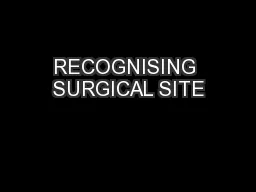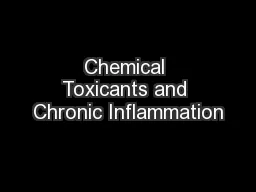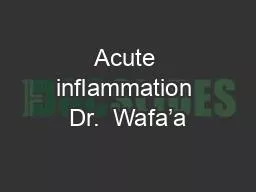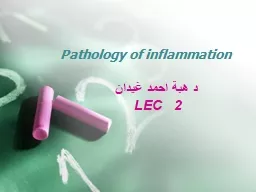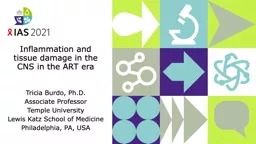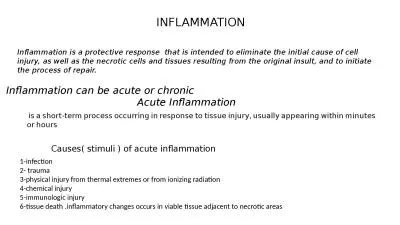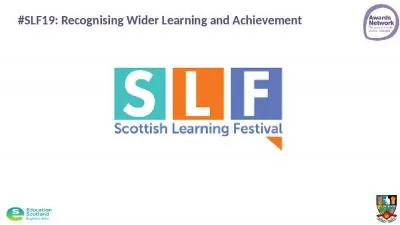PPT-Recognising and managing inflammation and infection followi
Author : celsa-spraggs | Published Date : 2017-06-12
from Julia Sarginson March 2016 With thanks to Dr A Young Prof A Emond and Mr I Mackie Introduction Burns in Preschool Children Peak age is between 9 and
Presentation Embed Code
Download Presentation
Download Presentation The PPT/PDF document "Recognising and managing inflammation an..." is the property of its rightful owner. Permission is granted to download and print the materials on this website for personal, non-commercial use only, and to display it on your personal computer provided you do not modify the materials and that you retain all copyright notices contained in the materials. By downloading content from our website, you accept the terms of this agreement.
Recognising and managing inflammation and infection followi: Transcript
Download Rules Of Document
"Recognising and managing inflammation and infection followi"The content belongs to its owner. You may download and print it for personal use, without modification, and keep all copyright notices. By downloading, you agree to these terms.
Related Documents

